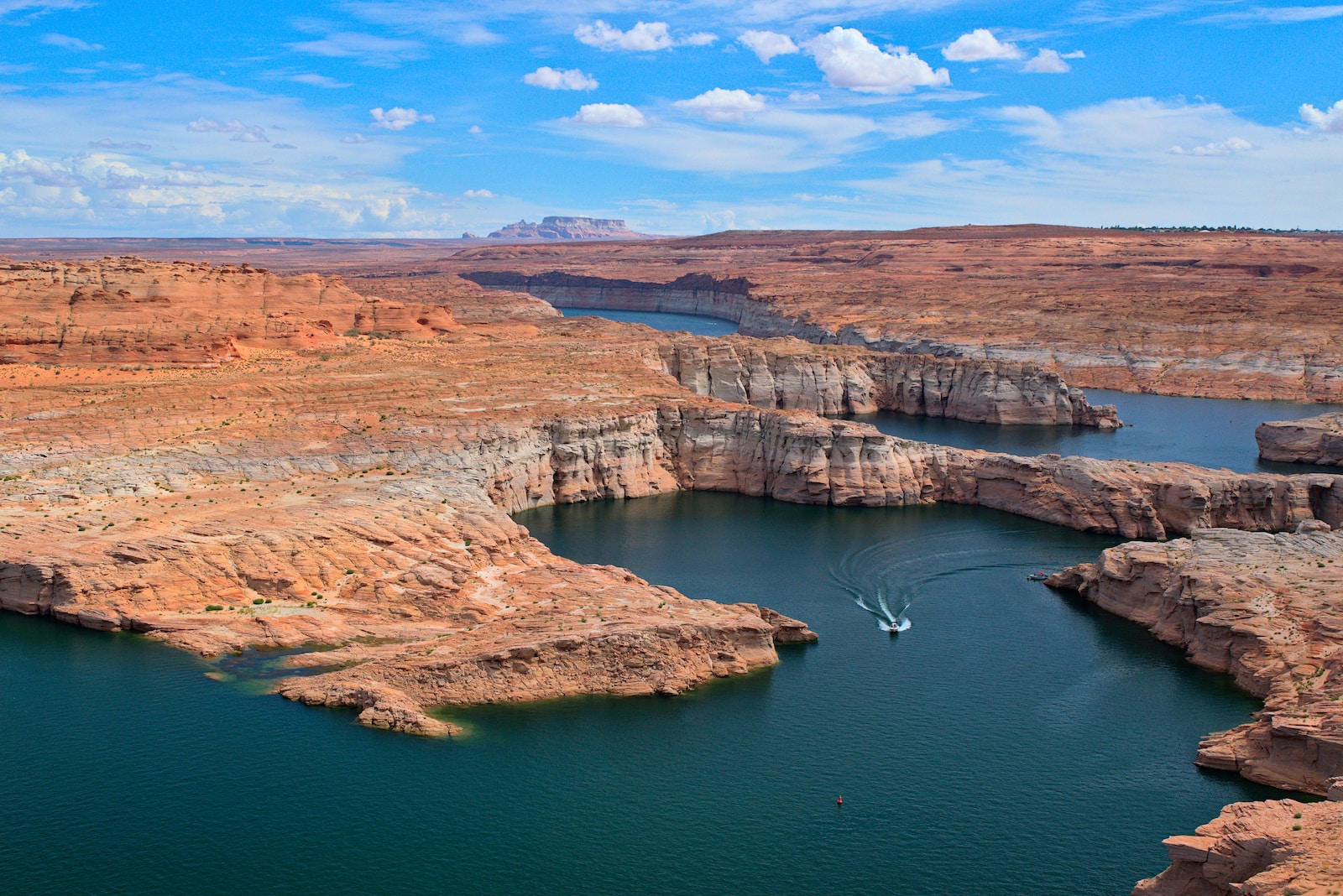Table of Contents
ToggleIntroduction
Lake Powell, one of the largest reservoirs in the US, is facing a serious water crisis. The lake’s water level has dropped to a historic low, threatening its ecological, economic, and recreational value. What can be done to prevent Lake Powell from drying up? Here are some possible solutions and tips.
What is Lake Powell and Why is it Important?
Lake Powell is a man-made reservoir on the Colorado River, located on the border between Utah and Arizona. It was created in 1963 by the construction of the Glen Canyon Dam, which provides hydroelectric power to millions of people in the Southwest. Lake Powell is also a major tourist attraction, drawing millions of visitors every year who enjoy boating, fishing, camping, and hiking in its scenic surroundings. Lake Powell is also an important source of water for agriculture, industry, and urban areas in the region.
What are the Causes and Consequences of Lake Powell’s Water Crisis?
Lake Powell’s water level has been declining for decades, due to a combination of factors, such as:
Climate change
The Colorado River Basin, which feeds Lake Powell, has experienced a prolonged drought since 2000, reducing the amount of snowpack and runoff that replenishes the lake. Climate models predict that the basin will become warmer and drier in the future, further decreasing the water supply.
Overallocation:
The Colorado River Compact, signed in 1922, divided the river’s water among seven states and Mexico, based on an overestimated flow rate. The compact does not account for the variability of the river’s flow or the effects of climate change, resulting in a chronic imbalance between supply and demand.
Evaporation and seepage
Lake Powell loses about 860,000 acre-feet of water every year to evaporation and seepage into the porous sandstone walls of Glen Canyon. This is equivalent to about 6% of the lake’s capacity.
The low water level of Lake Powell has serious implications for its environment, economy, and society, such as:
Reduced hydroelectric power generation
The Glen Canyon Dam produces about 4 billion kilowatt-hours of electricity annually, enough to power about 400,000 homes. However, as the water level drops, the dam’s turbines become less efficient and produce less power. This could lead to higher electricity prices and increased greenhouse gas emissions from alternative sources.
Reduced recreational opportunities
The low water level exposes more shorelines and makes some parts of the lake inaccessible or unsafe for boating. This could affect the tourism industry and local businesses that depend on visitors’ spending.
Reduced water quality and biodiversity
The low water level reduces the lake’s ability to dilute pollutants and sediment from upstream sources. This could affect the water quality and harm the aquatic life in the lake and downstream rivers.
Increased risk of water shortages and conflicts
The low water level reduces the lake’s storage capacity and buffer against droughts. This could affect the reliability and availability of water for downstream users, especially during dry years. This could also increase the potential for disputes and litigation among competing states and stakeholders.
What are Some Possible Solutions and Tips to Save Lake Powell?
There is no easy or quick fix to Lake Powell’s water crisis. It will require a coordinated and collaborative effort from various actors and sectors, such as:
Federal and state governments
They should revise and update the Colorado River Compact and other agreements to reflect the current and projected conditions of the river’s flow and demand. They should also invest in infrastructure and technology to improve water efficiency and conservation, such as lining canals, installing meters, upgrading irrigation systems, etc.
Water users
They should reduce their water consumption and waste by adopting best practices and behaviors, such as using low-flow fixtures, repairing leaks, landscaping with native plants, etc. They should also participate in voluntary programs that incentivize water conservation or transfers, such as paying farmers to fallow their fields or leasing their water rights.
Environmentalists and scientists
They should monitor and assess the impacts of climate change and human activities on Lake Powell’s ecosystem and hydrology. They should also advocate for policies and actions that protect and restore the lake’s natural functions and values, such as releasing environmental flows, removing invasive species, etc.
Visitors and residents
They should respect and appreciate Lake Powell’s beauty and resources by following the rules and regulations that ensure its safety and sustainability. They should also support local initiatives and organizations that promote Lake Powell’s conservation and restoration.
Lake Powell is a precious asset that provides many benefits to millions of people in the Southwest. However, it is also a vulnerable resource that faces many challenges from climate change and human activities. By working together and taking action now, we can save Lake Powell from drying up.







